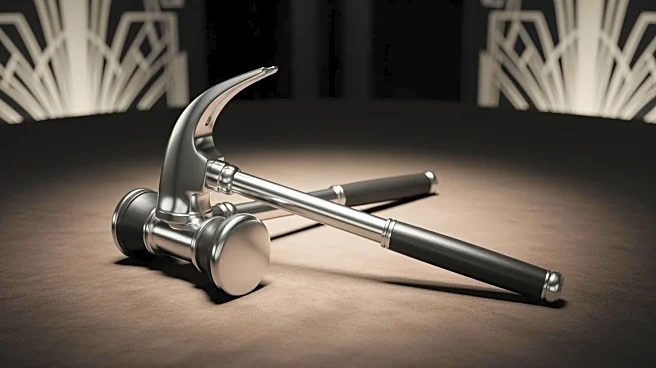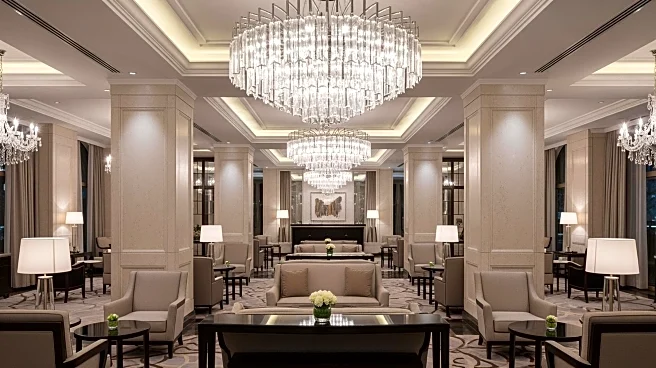What's Happening?
Christie’s and Sotheby’s, two leading auction houses, are adopting distinct strategies to navigate a challenging art market. Both companies are expanding beyond traditional art auctions to include luxury
goods such as Birkin bags and collectible cars. Sotheby’s is focusing on inclusivity and technology, relocating its New York flagship to the Breuer building and enhancing its digital capabilities. Christie’s, meanwhile, is maintaining a traditional approach, emphasizing expertise and expanding its real estate footprint. Both houses are responding to a decline in sales, with Christie’s experiencing a 32% drop and Sotheby’s a 25% decline between 2022 and 2024.
Why It's Important?
The strategic shifts by Christie’s and Sotheby’s highlight the evolving dynamics of the art and luxury markets. As traditional art sales decline, the auction houses are diversifying to capture a broader audience and stabilize revenues. This move could reshape the auction industry, influencing how art and luxury goods are marketed and sold. The success of these strategies could set a precedent for other auction houses and galleries, potentially altering the competitive landscape. Stakeholders in the art and luxury sectors, including collectors and investors, may benefit from increased access to diverse offerings and enhanced digital experiences.
What's Next?
Both auction houses are likely to continue refining their strategies to adapt to market conditions. Sotheby’s focus on technology and inclusivity may attract a younger, more diverse clientele, while Christie’s traditional approach could appeal to established collectors. The success of these strategies will depend on their ability to balance innovation with the preservation of their core business models. Future developments may include further integration of digital platforms and partnerships with luxury brands, as well as potential adjustments in response to economic shifts and consumer preferences.











